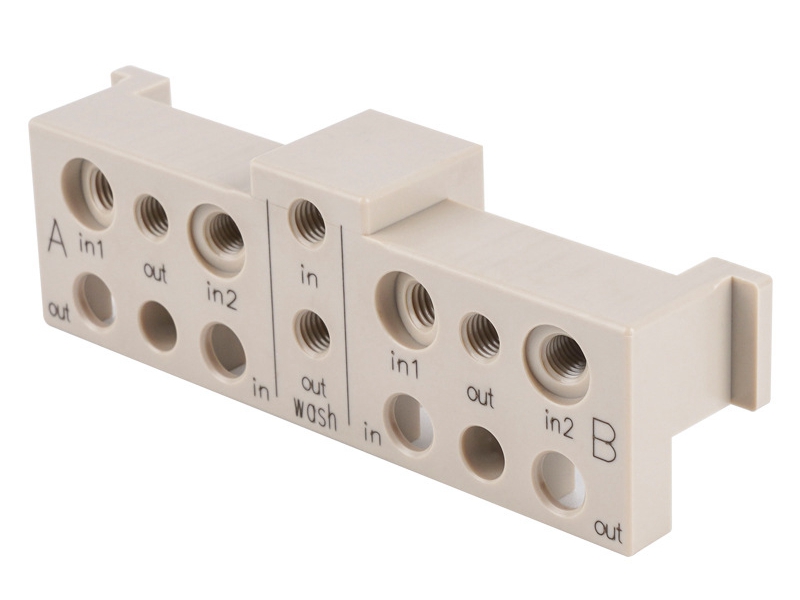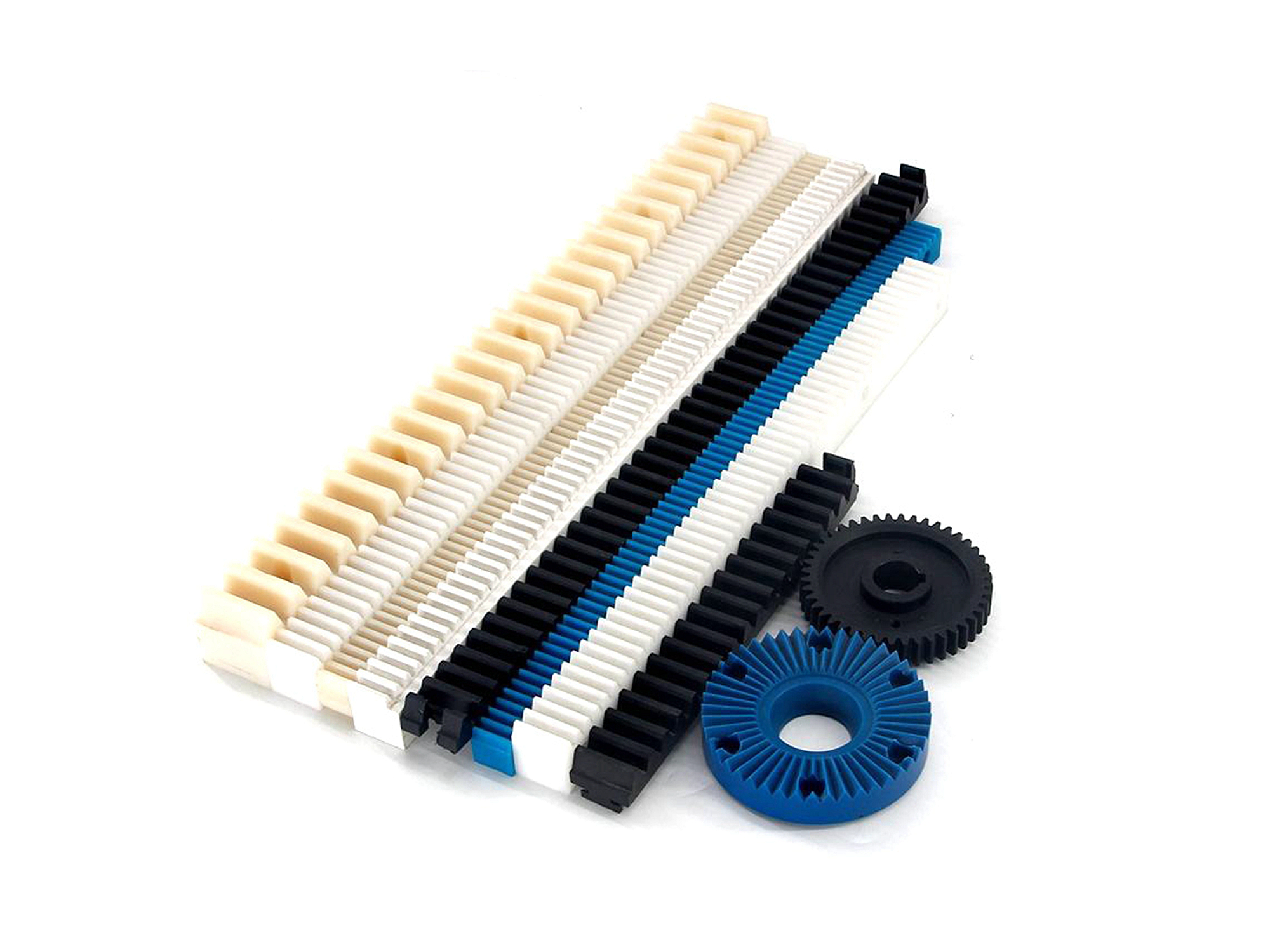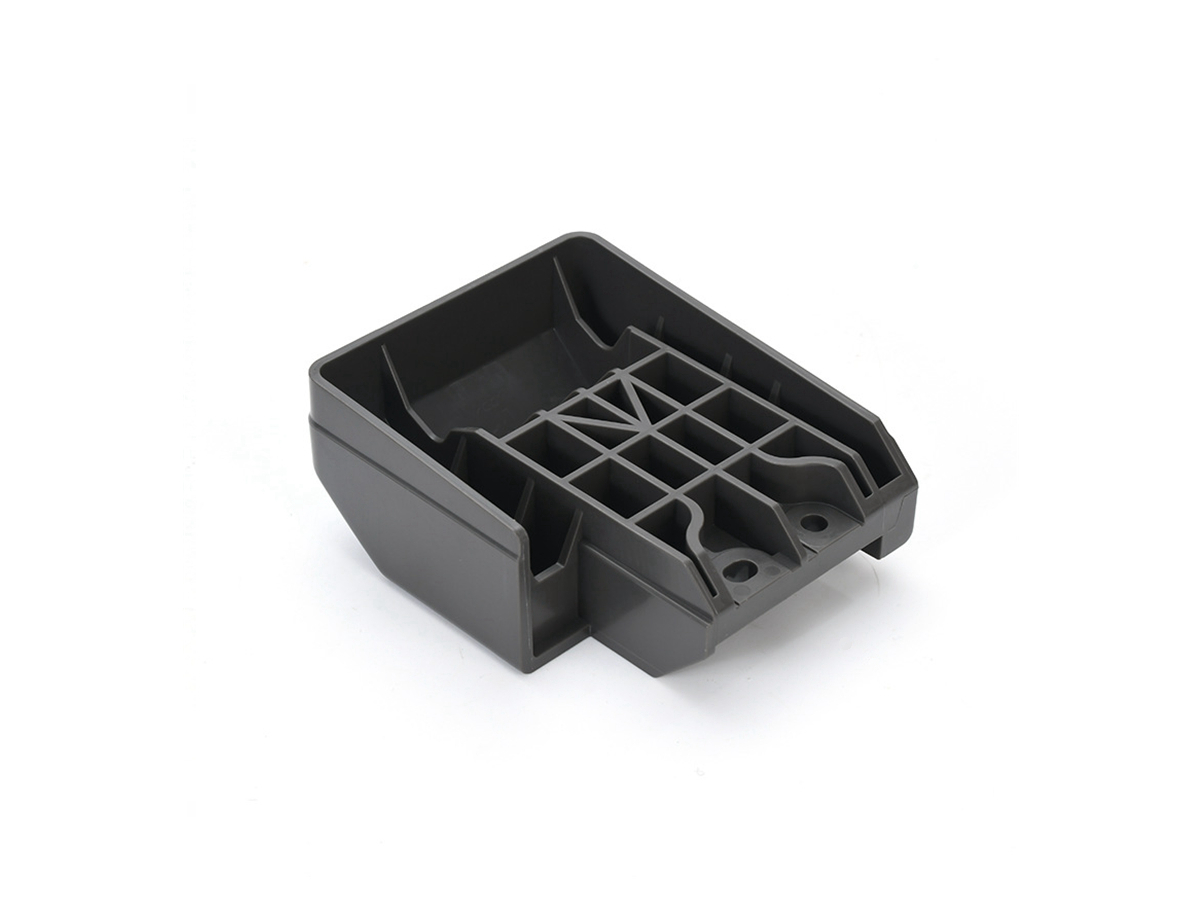What defects in plastic parts come from wrong machining parameters?
What defects in plastic parts come from wrong machining parameters?
Incorrect machining parameters when processing plastics often lead to a range of defects, primarily categorized into thermal, mechanical, and surface quality issues. These defects arise from the unique viscoelastic and low thermal conductivity properties of plastics, which behave very differently from metals.
Common Defects and Their Causes
1. Thermal Defects: Melting and Smearing This is one of the most frequent issues. Excessive heat caused by high spindle speeds, dull tools, or low feed rates can melt the plastic. Instead of clean chips, the material smears across the machined surface, resulting in a glossy, deformed finish and poor dimensional accuracy. This is a critical consideration in our Precision Machining Service.
2. Mechanical Defects: Chipping, Cracking, and Delamination. Overly aggressive feed rates or deep cuts can impose high mechanical stress, causing brittle or semi-crystalline plastics to chip at the edges. In composites like GFRP, this can cause delamination. Conversely, excessive tool pressure can initiate micro-cracks that compromise the part's structural integrity.
3. Poor Surface Finish: Burrs, Roughness, and Visible Tool Mark. A dull cutting tool is a primary culprit for burrs and tearing, as it plows through the material instead of shearing it cleanly. Incorrect feed-speed combinations can also lead to resonant vibration (chatter), leaving visible tool marks and a rough surface texture, which often requires additional Tumbling and Deburring to rectify.
4. Internal Stresses and Dimensional Inaccuracy The heat and pressure from machining can relieve or redistribute the internal stresses molded into the plastic stock. This leads to warping or distortion after the part is machined and removed from the fixture, making it impossible to hold tight tolerances.
Linking Defects to Key Parameters
• High RPM + Low Feed Rate: The classic combination for melting and heat-related smearing.
• Dull Tool + High Feed Rate: A recipe for chipping, tearing, and poor surface finish.
• Excessive Depth of Cut: Can cause deflection, chipping, and high stress.
• Inadequate Coolant: While some plastics can't use liquid coolant, ineffective chip evacuation (a form of "air cooling") allows heat to accumulate.
Practical Recommendation
The most effective approach to prevent these defects is a holistic strategy. Use sharp, polished tools with geometry specific to Plastic CNC Machining, such as high rake angles. Optimize the core parameters by often reducing spindle speed and increasing feed rate to promote a clean, shear-based cut that carries heat away with the chip. For critical components, our Prototyping Service is ideal for dialing in these parameters before committing to full-scale Low Volume Manufacturing.



